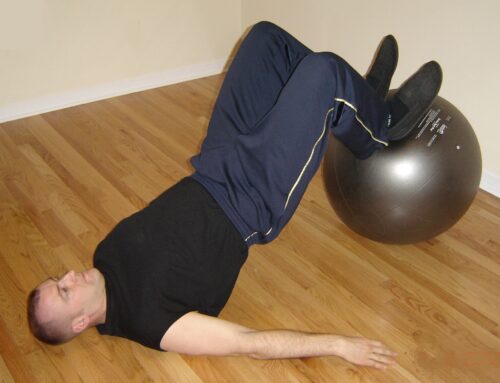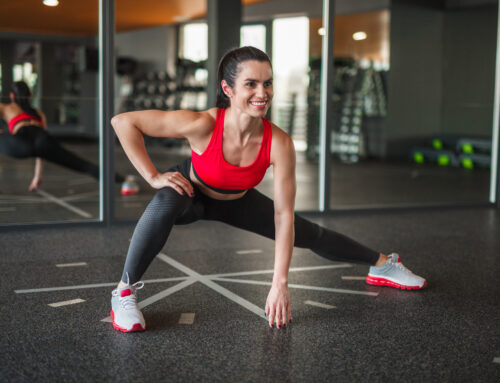A couple of weeks ago I was cleared by my surgeon to begin training “normally” again, ie: I can reintroduce my regular training program and exercises but using lighter loads. In addition to my regular full body training program I will be performing additional isolation work for my arms, shoulders, and abs on my “off” days.
In this article I’ll describe the training strategy I’m using for my arm isolation workouts: Blood Flow Restriction (BFR) training. BFR training is also referred to as occlusion training which involves wrapping your upper arm to restrict venous blood flow return (without impeding arterial blood flow into the muscle), which keeps the metabolic by-products of training pooled in the muscle longer (including growth factors such and anabolic metabolites like lactic acid, testosterone, IGF-1, GH, etc). This supports hypertrophy while using lighter weights, which is perfect for me at this point in my recovery.
I’ve also just picked up a set of Pro-X BFR straps from BFR Shop. I’ve used regular knee wraps before and they worked, but they were awkward and inconsistent. These straps were very easy to adjust and release, much quicker to set up, and marked for consistent tension. Definitely recommend checking out the Pro-X style if you’re considering getting a set of straps yourself. Here’s a video demonstrating an occlusion arm workout using these straps (NOTE – I should have had the buckle facing forward not backward as in this video!):
The straps are wrapped around your upper arm at about 70% of max tension (about a 7 out of 10 on the “ouch that’s tight” scale) to let arterial blood flow in while reducing venous blood return, thus leading to the desired “pump”. You want to use a weight that’s about 30% of your max and perform about 30 repetitions per exercise on your first superset, and then 15 to 20 reps on subsequent sets. Perform 3 or 4 supersets and then remove the straps… don’t leave them on longer than 20 minutes.
In the several studies performed on occlusion training, it appears that muscle hypertrophy or strength gain isn’t the only benefit of such training method. It turns out that BFR also has a pain relieving effect (although it does get pretty damn uncomfortable ‘during’ the training session). This method of weight training for muscle gain is now being used by strength coaches and rehabilitation professionals on elite athletes, especially those with injuries. Another benefit is that because this form of training is very brief, causes almost no muscle damage, and places very little stress on the joints, it can be performed more frequently without interfering with overall recovery. Basically it’s additional “free” training volume.
Here’s another video of me and a training partner demonstrating blood flow restriction training a few years ago, using knee wraps:
Studies also showed that the muscles targeted by occlusion had an increase in fast twitch fiber type, hormone production, muscle damage, cell swelling, and heat shock proteins. All of these are important variables required for growing and repairing muscles. All of these factors also make blood flow restriction training an excellent technique for increasing strength, performance, and muscle mass in trainees / athletes with injuries. You can learn more about using occlusion training post-injury HERE.






